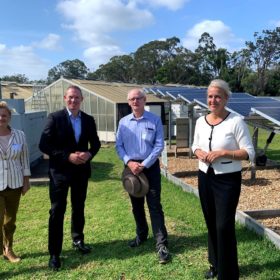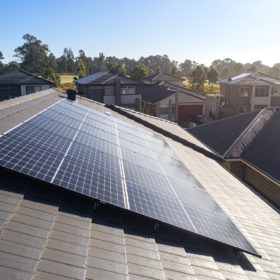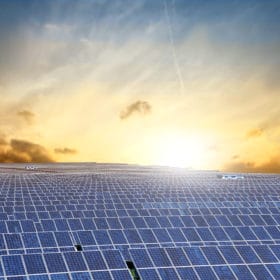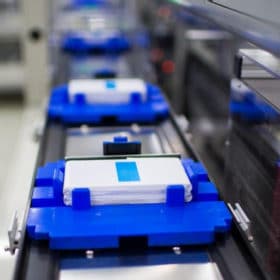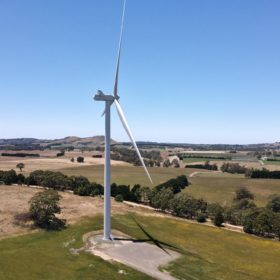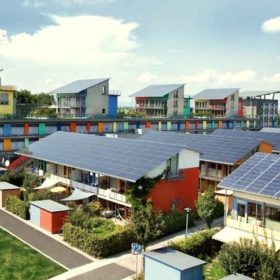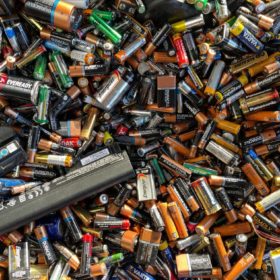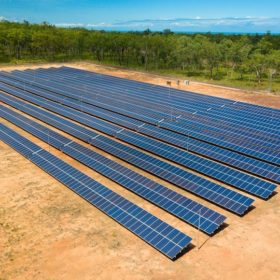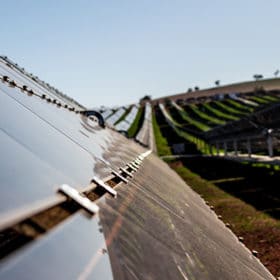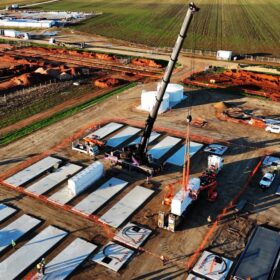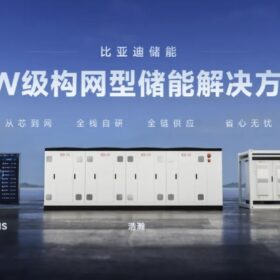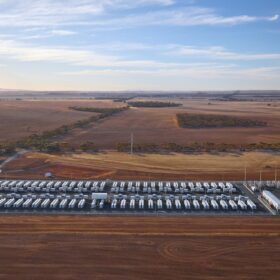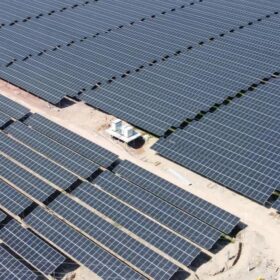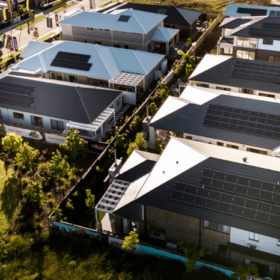“Queenslander!” – Sunshine State likely to oppose AEMC solar export charge
Queensland is likely to join Victoria in dissension on the Australian Energy Market Commission’s draft determination which is being called a tax on solar. The Queensland Energy Minister, Mick de Brenni, has criticised the plan. Could this be the domino which brings the other states and territories falling into place against a rule change?
Australian solar also rises, new AEC report shows Australians going big on PV
The Australian Energy Council’s quarterly Solar Report points to something getting bigger in the solar industry that isn’t just the larger format modules. What’s getting bigger is the average size of solar systems Australians are installing on their homes and small businesses.
Big solar-plus-storage comes to Taiwan
Taiwanese module maker URE Corp is planning to link a 150 MW solar plant to a 15 MW/15 MWh storage facility.
Best countries for renewable energy investment
IHS Markit has released its latest Global Renewables Markets Attractiveness Rankings, based on measures related to investment confidence and ease of development, with Australia ranking in the top ten.
Thai plans for 8 GWh lithium battery gigafab
The 1 GWh first phase of a planned 8 GWh lithium battery factory in Thailand is likely to be up and running during 2023.
Bowen blasts decision after Government backtracks on wind farm funding
The Opposition has blasted the Federal Government after it was revealed a cabinet minister had used extraordinary powers to veto public funding approved for the $380 million Kaban green energy hub in North Queensland, declaring it was inconsistent with the government’s goals and policies.
Vic Solar cops $3 million fine after thousands targeted with ‘predatory’ tactics
A Victorian solar PV company which swindled thousands of customers out of millions of dollars has been fined a massive $3 million while its sole director has been slapped with a $450,000 penalty and disqualified from being a director of any company for five years.
$3.1 billion recycling opportunity emerges as batteries boom
Australia’s national science agency has identified a potential $3.1 billion industry that is there for the taking with the increasing penetration of renewables in grids nationwide sparking substantial growth in the battery energy storage sector.
Northern Territory targets renewable energy schemes with budget spending
While Treasurer Josh Frydenberg is putting the finishing touches on the Federal Budget, the Northern Territory Government has already rolled out its 2021-22 Budget and solar PV and battery storage are among its spending priorities with an extra $4.8 million invested in existing renewable energy schemes.
New England Solar says end in sight for Australian asset sale
Solar infrastructure business New Energy Solar remains committed to offloading its Australian assets, confirming the sale of its 87 MW Beryl and 47 MW Manildra solar farms in central west New South Wales is “progressing well”.
